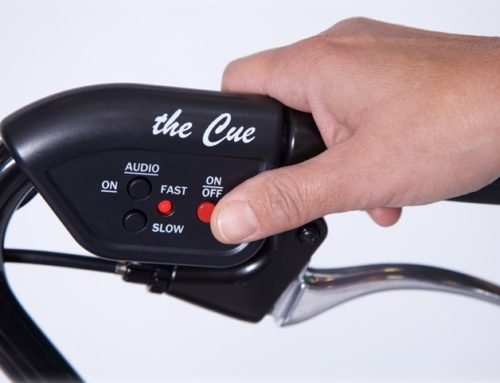Many patients who have mid stage to advanced Parkinson’s disease may experience what is known as ‘freezing.’ This is the temporary and involuntary inability to move. Not everyone who has PD will have freezing episodes, but those who do suffer from this problem are at a higher risk of falling.
This problem may occur at any time, and some patients are more likely to freeze than others. In most cases, the freezing will only last for a few seconds.
What Is It?
Freezing may feel like your feet are stuck in one place, and you might have trouble getting up from a chair. Freezing also can affect other parts of the body, or your ability to speak.
What Causes Freezing?
It is not known what causes this condition in PD patients. In patients that have it, freezing usually happens when they are in an ‘off’ period for their next dose of a dopaminergic drug.
What Situations May Cause Freezing?
- Freezing can happen any time, but it tends to happen most when you are starting to move, such as starting to walk.
- You are more likely to experience an episode when you are going through a door, turning a corner, turning around, or going from one sort of surface to another.
- You also can have more freezing problems during a stressful situation.
You should know that freezing can be dangerous! There is a real risk of falling because when these episodes are going to start and stop is not known. This unpredictability, combined by the efforts of the caregiver to force you to move, can lead to injury.
How Can You Better Manage Freezing?
If you are suffering from these episodes, you should tell your doctor right away. Adjusting your medications could help. Also, ask your doctor about physical therapy. You can learn techniques that will reduce your chance of falling. Also, ask your doctor about doing occupational therapy. This professional can help to reduce the risks of you falling in your home.
Are There Ways to Get Moving Again?
Some patients have found that there are some effective tricks to start moving again:
- Try marching or goose stepping
- Shift the weight of the body from one leg to another
- Listen to music and step with the rhythm. You can do this with a personal mp3 player
- Hum, sing or count as you walk
- Turn by walking in a half circle, rather than pivoting and turning
There are many good PD supplies that can help you with your mobility around the home. The Little Boost Platform is a helpful riser for a recliner. It is a good alternative to a lift chair, and can be very useful for the PD patient who has trouble standing up. The Car Ease Slide has a slick surface that makes it easy to get in and out of the car. You will be able to slide and rotate into the seat of the car with little effort.
Walking can be smooth again with the LaserCane! Simply take normal steps as your LaserCane™ projects a bright red line across your path. The laser beam provides a safe, obstacle-free visual cue, which can enable Parkinson’s patients and others to break “freezing” episodes and increase stride length.





